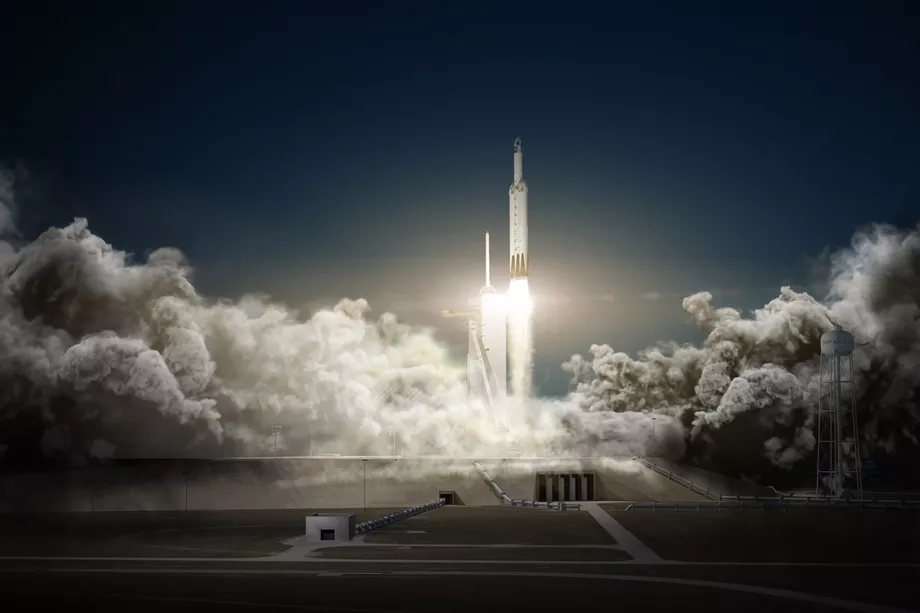SpaceX just made a stunning announcement: it will send two private citizens around the moon. Elon Musk said that the mission will take place in 2018 using a Dragon 2 spacecraft and the massive new Falcon Heavy rocket.
The two passengers, who have not yet been named, are the first tourists to ever go near the Moon. The passengers are “very serious” about the trip and have already paid a “significant deposit,” according to Musk. The trip itself will take just over a week, as the shuttle will go on the Moon’s orbit, venture a bit into deeper space, and then sling back to Earth. There will be no Moon landing. The statement reads:
“Like the Apollo astronauts before them, these individuals will travel into space carrying the hopes and dreams of all humankind, driven by the universal human spirit of exploration. We expect to conduct health and fitness tests, as well as begin initial training later this year.”
Well, I’m not sure what to say about the Apollo astronauts comparison, as where the Apollo missions were thoroughly scientific in nature, this one is rather a revenue driver for SpaceX — and a hell of a leisure trip for the two passengers. Even the legal status of this trip is a bit fuzzy, though Musk claims there’s no need for a UN permit, just a license from the Federal Aviation Administration.
All of this was facilitated by NASA’s Commercial Crew Program, which provided most of the funding for Dragon 2 development. The fact that SpaceX managed to bring down the costs for rocket launches also helps — particularly the fact that they can now reuse their rockets. For a few years already Musk has toyed with the idea of commercial spaceflight, initially planning such a trip in 2017. Well, that year is off the table, so we should perhaps take this announcement with a grain of salt. Recently, SpaceX has also been plagued by technical errors and launch setbacks, raising concerns about the company’s long-term plans and success. There was even an explosion — but nothing can deter Musk from his goals.
As he has told the media numerous times, his ultimate goal is to put people on Mars. He told WSJ in 2011 that his best-case scenario was to put people on Mars by 2021 (his worst-case scenario was between 2026 and 2031). Whether or not he can achieve that remains to be seen but for now, he seems to be on the right path.
“Next year is going to be the big year for carrying people,” says Musk. “This should be a really exciting mission that hopefully gets the world really exciting about sending people into deep space again.”




